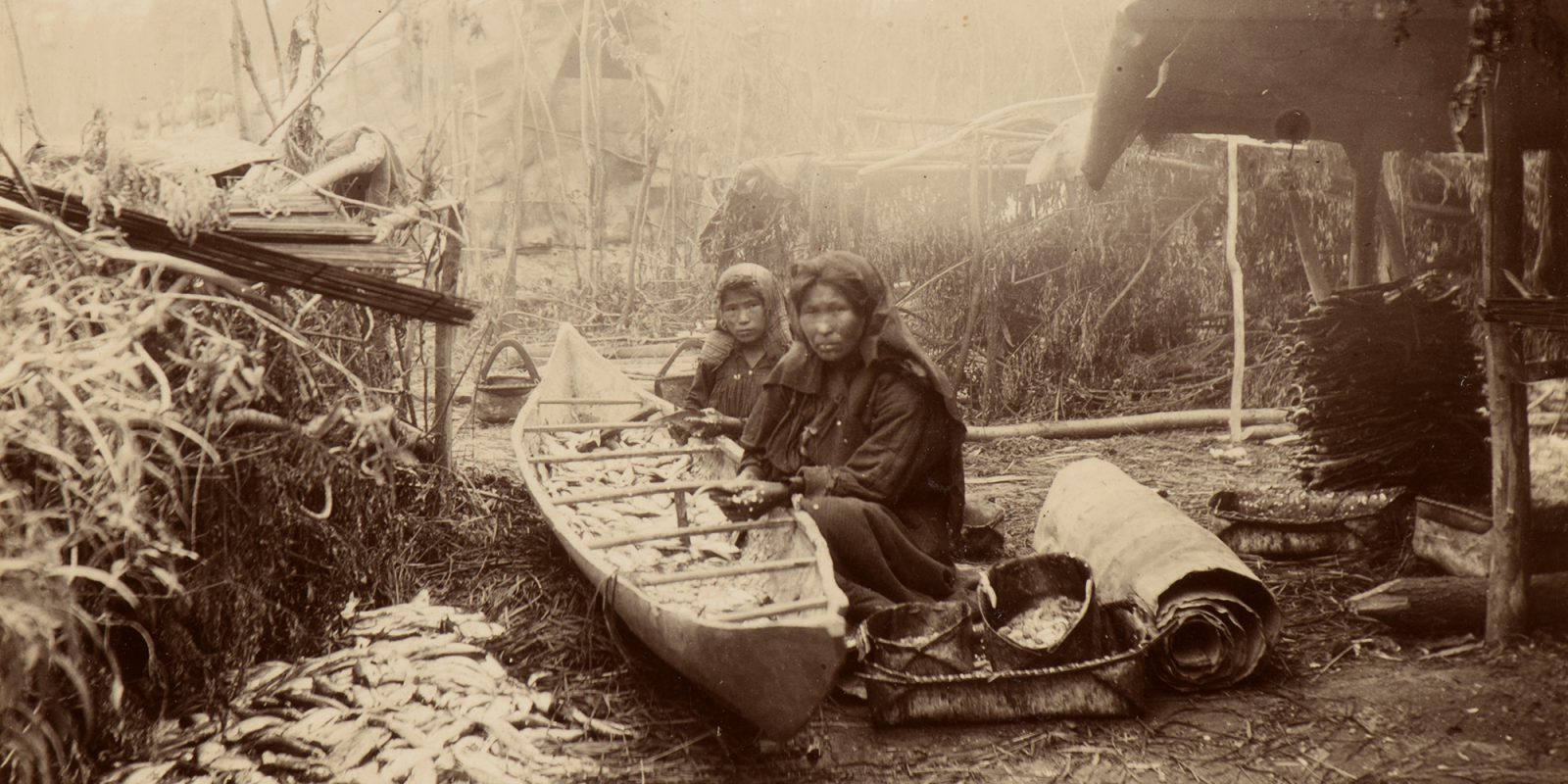
Women cleaning fish in the village of Polja in Siberia, 1898 (cropped image), U. T. Sirelius / Picture Collections of the Finnish Heritage Agency. Objektinumero: SUK36:353
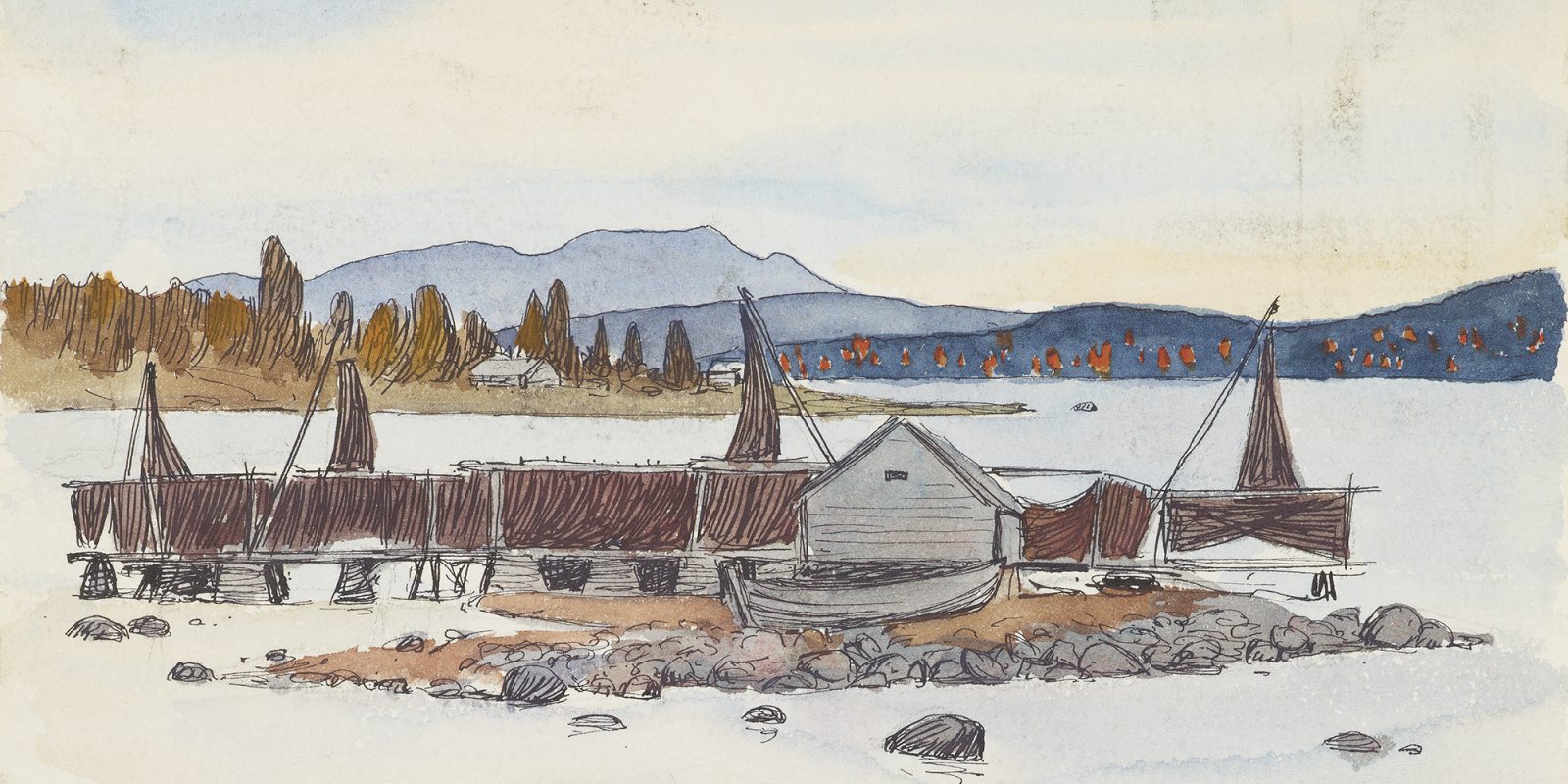
Kovda in Russia on 27 September 1911 (cropped image), J. W. Mattila / Picture Collections of the Finnish Heritage Agency. Objektinumero: SUK73:87
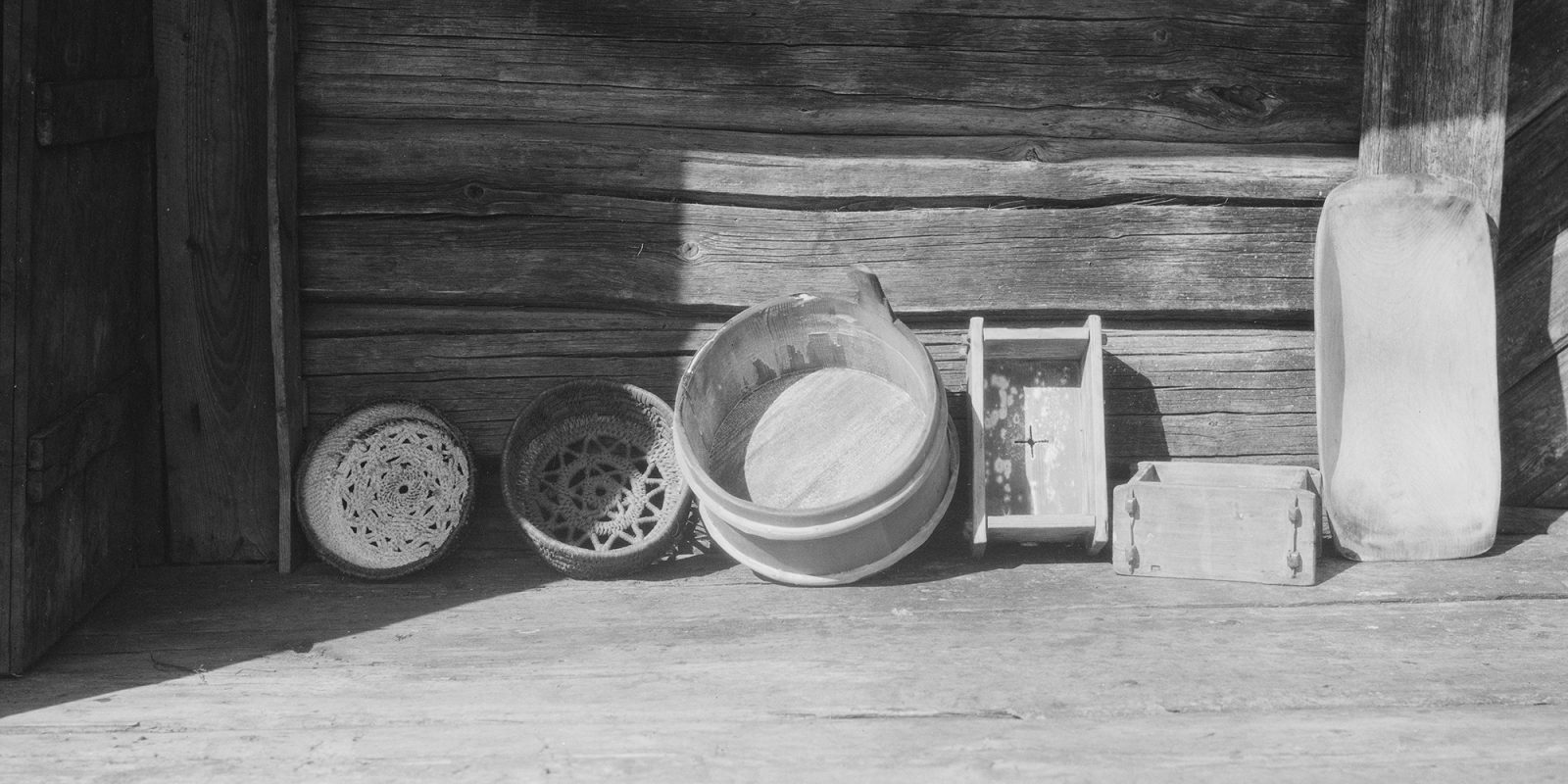
Cheese baskets, moulds and troughs from Juhoila in Sweden in 1930 (cropped image), Helmi Helminen / Picture Collections of the Finnish Heritage Agency. Objektinumero: SUK334:96
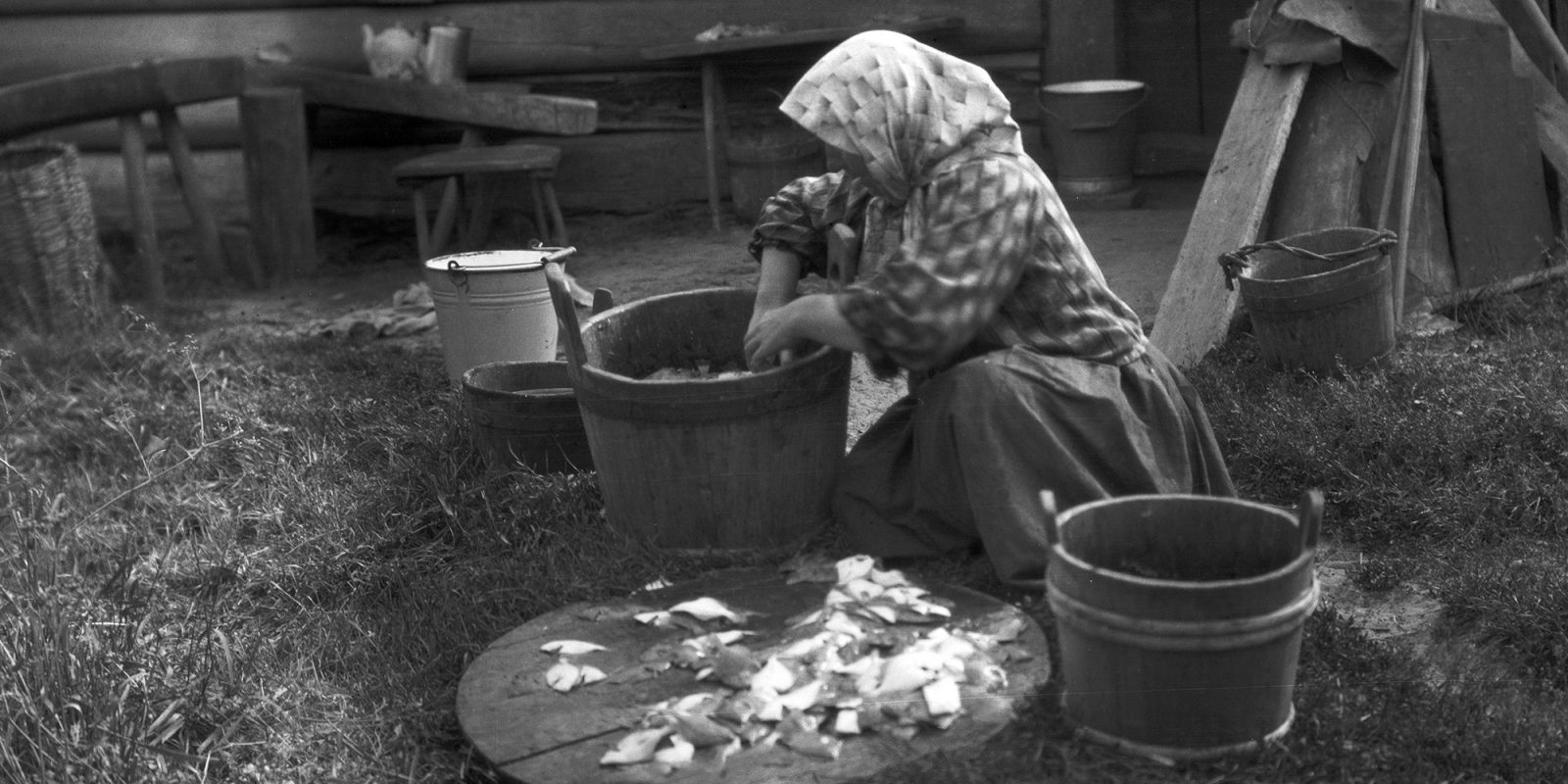
A woman salting cleaned flounders in Livonia in 1912 (cropped image), Vilho Setälä / Picture Collections of the Finnish Heritage Agency. Objektinumero: SUK126:74
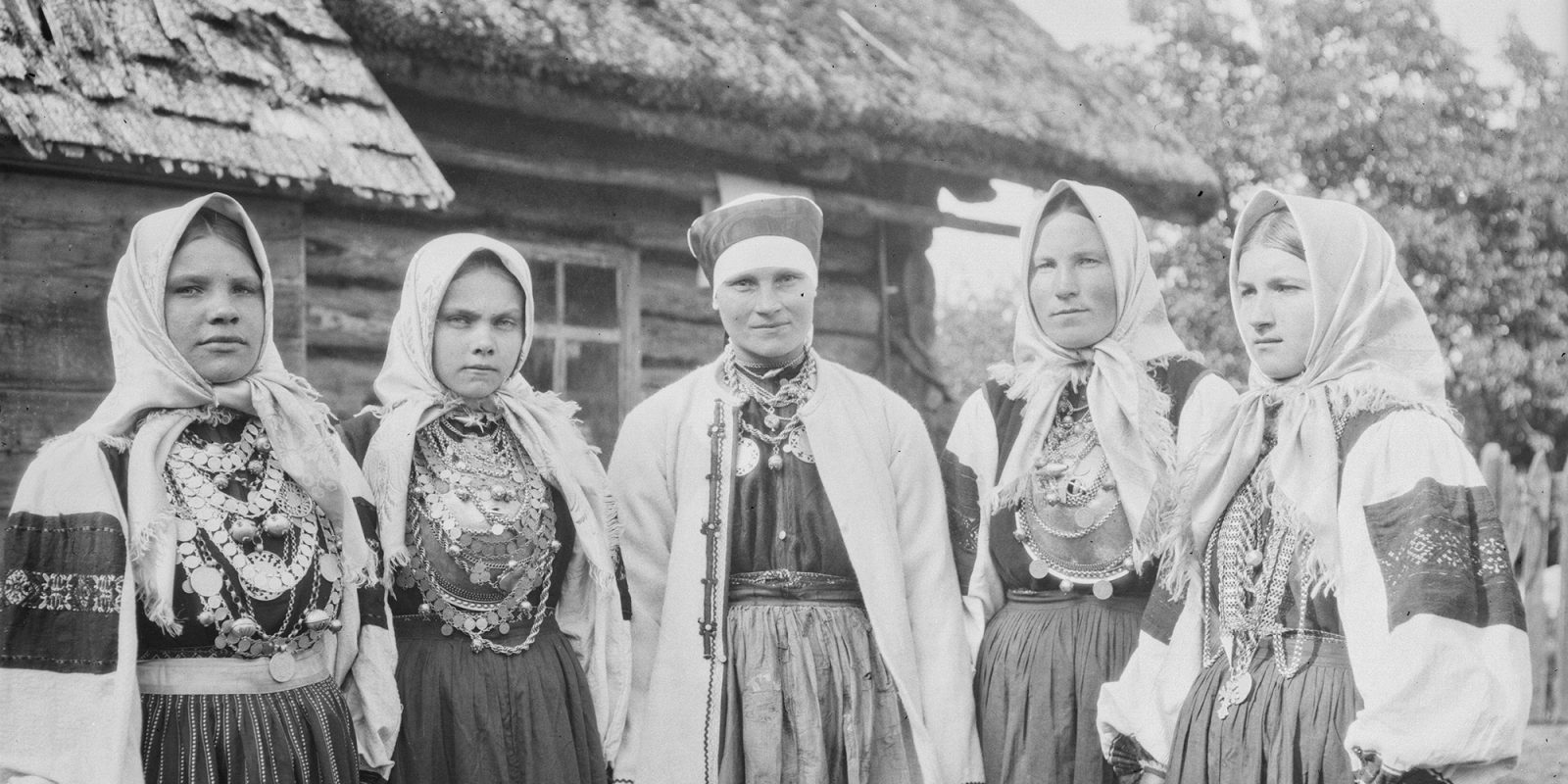
A singing group from the village of Tiirhanna in Estonia in 1912 (cropped image), A. O. Väisänen / Picture Collections of the Finnish Heritage Agency. Objektinumero: SUK127:45
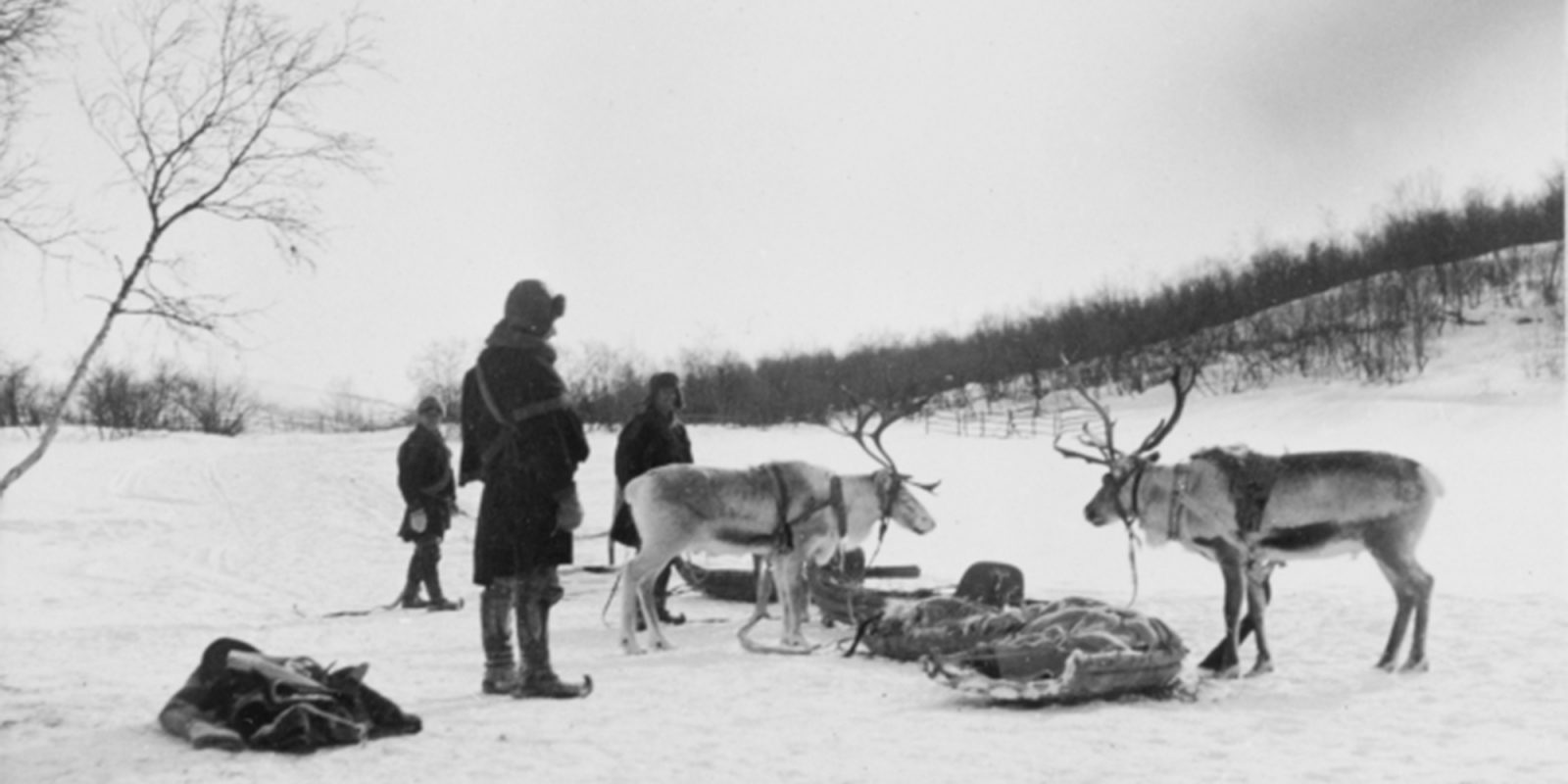
Reindeer harnessed in a file and almost ready to go in Itäkivi, Pulmankijärvi in Utsjoki in 1955 (cropped image), Niilo Valonen / Picture Collections of the Finnish Heritage Agency. Objektinumero: SUK516:89


